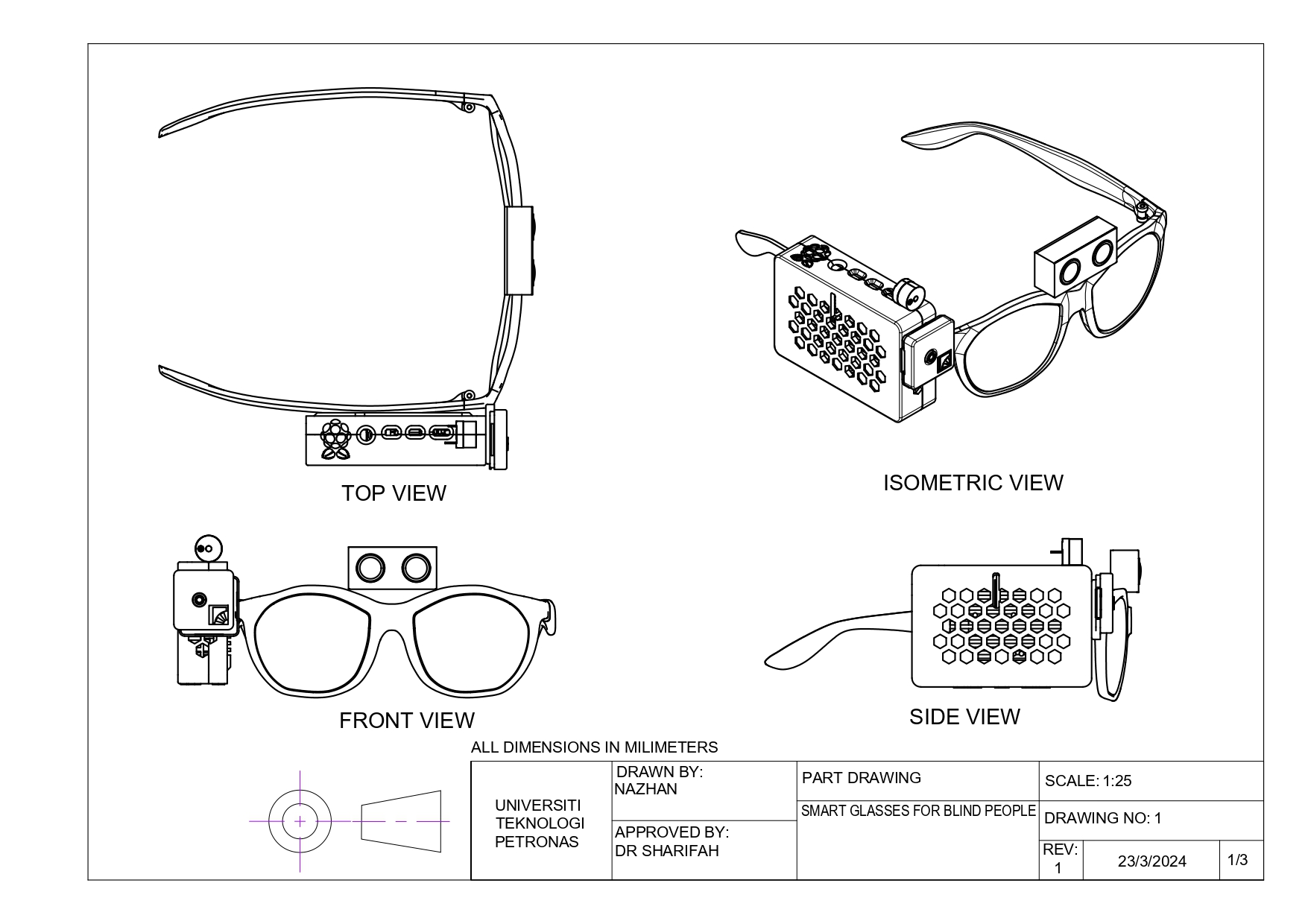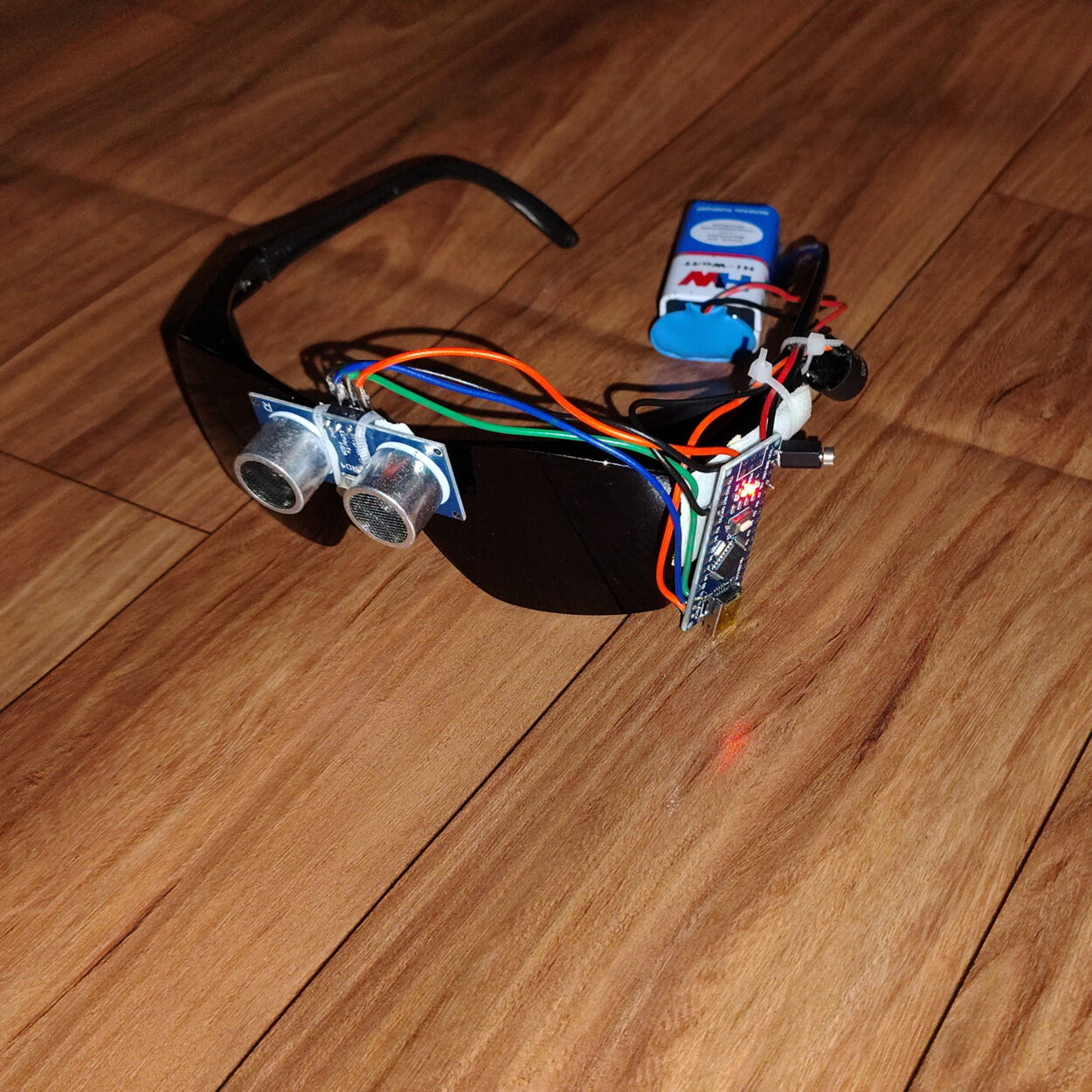Discover Advanced Assistive Tools for People With Aesthetic Impairments
The landscape of assistive modern technology for individuals with aesthetic disabilities is progressing swiftly, offering a range of ingenious gadgets that enhance autonomy and interaction. From wise glasses that effortlessly merge aesthetic input with auditory advice to sophisticated navigating applications that redefine spatial awareness, these tools are reshaping opportunities.
Smart Glasses Innovations
Smart glasses stand for a significant development in assistive technology for individuals with visual problems. Equipped with sensing units and electronic cameras, clever glasses can capture real-time visual information, which is then refined and shared to the individual via sound feedback or haptic sensations.
Moreover, advancements in synthetic intelligence have actually better improved the capacities of wise glasses. Artificial intelligence formulas can acknowledge faces, read message, and recognize items, making them vital tools for daily tasks. Users can get acoustic signs that give context about their atmosphere, fostering self-reliance and confidence.
Furthermore, the ergonomic style and light-weight nature of lots of clever glasses make them appropriate for long term use, making certain convenience while improving functionality. As these devices remain to develop, they hold the prospective to reinvent the means individuals with visual problems experience their day-to-day lives, linking the space in between ease of access and innovation. The recurring study and advancement in this field promise to broaden the possibilities for wise glasses, making them an important part of modern-day assistive gadgets.
Navigating Apps and Equipment
Various navigation apps and devices have become crucial resources for people with visual disabilities, dramatically improving their ability to traverse unfamiliar atmospheres. These modern technologies take advantage of general practitioner capability, audio hints, and real-time information to offer individuals with specific navigation aid.
One prominent example is the Aira app, which attaches individuals to experienced representatives who can offer visual descriptions of surroundings and navigation guidance with an online video clip feed. This service enhances the user's spatial understanding and confidence while browsing. Another significant tool is Seeing Eye GPS, which uses voice-guided navigating and points of rate of interest, allowing users to access essential information regarding their environments.

As modern technology continues to breakthrough, the growth of more advanced navigating devices assures to additional encourage individuals with aesthetic problems, assisting in smooth wheelchair and integration into varied settings. Such technologies are instrumental in advertising a more inclusive culture.
Braille Modern Technology Improvements
In recent years, developments in Braille modern technology have actually significantly transformed exactly how people with aesthetic disabilities gain access to details and engage with the globe around them. The growth of mobile Braille screens has actually changed analysis by enabling individuals to attach wirelessly to computers, mobile phones, and tablets. These devices convert text right into Braille in real-time, enabling seamless interaction with electronic web content.
In addition, innovative Braille printers have arised, enhancing the manufacturing of responsive products. Modern embossers are faster and much more efficient, enabling the rapid development of Braille documents and instructional products. This performance lowers my company the time and price associated with generating Braille sources, making them a lot more easily accessible to schools and companies.
Additionally, the integration of Braille with various other innovations, such as expert system and machine discovering, has actually opened new avenues for customized knowing experiences. Voice acknowledgment and synthesis innovations can complement Braille, offering an inclusive method to info dissemination.
As the demand for comprehensive education and workplace settings grows, these technological developments play a vital function in empowering people with visual impairments, ensuring they have equivalent accessibility to information and chances in various elements of life.
Wearable Instruments for Independence
A growing variety of wearable gadgets is improving self-reliance for individuals with visual problems, providing ingenious options that enhance navigating and everyday living. Braille displays and notetakers. These tools make use of innovative innovations to supply real-time comments and assistance, promoting freedom in different environments

Wearable modern technology additionally includes smartwatches that can be set with access attributes, making it possible for users to receive notifications, track their locations, or also ask for help with the touch of a switch. Furthermore, some devices include expert system to analyze the setting, offering sound summaries of neighboring things or people.
Voice-Activated Assistive Solutions
Leveraging voice-activated assistive remedies has transformed the landscape of support for people with visual impairments, offering hands-free communication and access to a variety of jobs. These innovations use all-natural language processing and synthetic intelligence to make it possible for individuals to carry out everyday tasks with basic voice commands.

Additionally, current advancements in voice acknowledgment accuracy have improved the customer experience considerably, fitting varied accents and speech patterns. This inclusivity guarantees that more people can profit from these technologies, promoting a better sense of freedom.
Verdict
Finally, the advancement of advanced assistive tools substantially boosts the independence and high quality of life for people with visual disabilities. Innovations such as smart glasses, navigation apps, Braille modern technology, pop over here wearable tools, and navigate to these guys voice-activated services jointly cultivate an even more inclusive setting. These innovations encourage users to navigate their surroundings with self-confidence and engage more fully with the world, inevitably promoting greater access and equal opportunities for people facing aesthetic obstacles.
The landscape of assistive innovation for people with visual problems is advancing rapidly, offering a range of innovative devices that enhance freedom and involvement.Smart glasses stand for a considerable innovation in assistive technology for people with visual problems. As these tools proceed to progress, they hold the possible to transform the method people with visual problems experience their daily lives, bridging the gap between accessibility and modern technology.In recent years, advancements in Braille modern technology have actually considerably changed just how individuals with visual disabilities accessibility details and engage with the globe around them. These innovations encourage individuals to browse their environments with self-confidence and engage more completely with the globe, inevitably advertising higher availability and equal possibilities for individuals encountering aesthetic challenges.